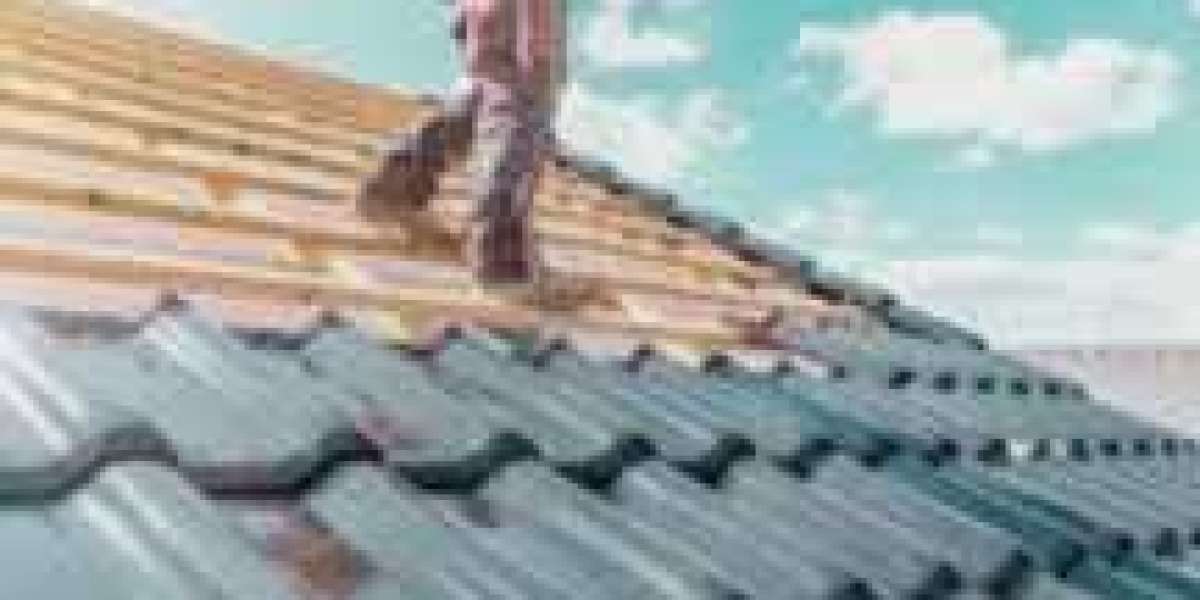Flat roofs are a popular choice in contemporary architecture, particularly for commercial and industrial buildings. Their modern look and practical utility make them ideal for a variety of uses, such as installing HVAC systems, solar panels, or creating rooftop gardens. However, flat roofs come with one major drawback—poor drainage. Water can easily pool on flat surfaces, increasing the risk of leaks and structural damage. This makes roof waterproofing an essential step in ensuring long-term durability and performance.
Choosing the right materials for roof waterproofing is critical for maintaining the integrity of a flat roof. Different materials offer varying levels of protection, flexibility, and cost-effectiveness. Let’s explore the top waterproofing materials that are best suited for flat roofs.
1. EPDM Rubber Membrane
EPDM, or Ethylene Propylene Diene Monomer, is a synthetic rubber membrane widely used for roof waterproofing. Known for its durability and elasticity, EPDM performs exceptionally well in extreme temperatures and resists UV rays. The large sheet sizes reduce the number of seams, which minimizes the risk of water infiltration.
Its flexibility also allows it to handle building movement without cracking. As a result, EPDM is often a top choice for flat roof waterproofing in both residential and commercial applications.
2. TPO (Thermoplastic Polyolefin)
TPO roofing membranes have grown in popularity thanks to their energy efficiency and environmental benefits. These membranes are a great option for roof waterproofing due to their ability to reflect sunlight and reduce heat absorption. TPO is resistant to punctures, algae, and chemical exposure, which makes it suitable for various climates and building types.
Its seams are heat-welded rather than glued, creating a more durable, leak-resistant finish that stands up well over time.
3. PVC (Polyvinyl Chloride)
PVC membranes are another strong contender in flat roof waterproofing. They offer excellent protection against water, fire, wind, and chemicals. Reinforced with fiberglass or polyester, PVC is flexible and resilient, especially in areas with fluctuating weather conditions.
PVC is also a reflective material, which helps improve energy efficiency by keeping buildings cooler in hot climates. While the initial cost may be higher, the long-term savings and low maintenance make it a wise investment.
4. Bituminous Membrane (Torch-On or Self-Adhesive)
Bituminous membranes are a traditional but still highly effective roof waterproofing solution. These asphalt-based sheets can be applied using a torch or as self-adhesive rolls. Once applied, they form a strong, waterproof barrier that is especially useful in areas with heavy rainfall.
Reinforced with fiberglass or polyester, bituminous membranes are tough and long-lasting. While installation should be done by trained professionals, the results offer excellent waterproof protection.
5. Liquid Waterproofing Systems
Liquid-applied membranes are gaining popularity in the roof waterproofing industry. These systems are typically made from polyurethane, acrylic, or silicone and are applied directly onto the roof surface. Once cured, they form a seamless, joint-free barrier that prevents water ingress.
This method is ideal for roofs with complex shapes or numerous fixtures. Since it creates a continuous membrane, there are no weak spots where leaks can develop. Liquid roof waterproofing is also easy to maintain and can be reapplied as needed to extend the roof’s lifespan.











